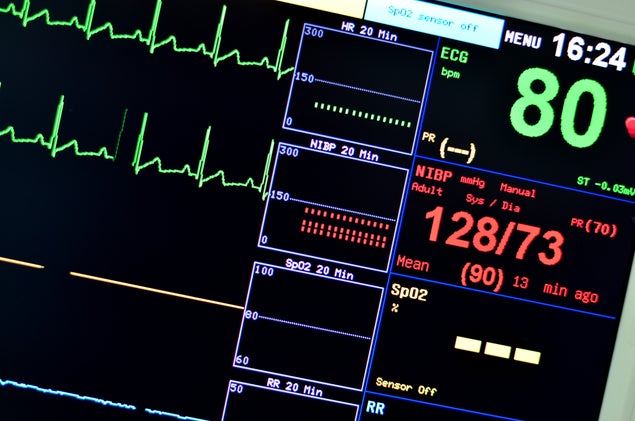New perk! Get after it with local recommendations just for you. Discover nearby events, routes out your door, and hidden gems when you sign up for the Local Running Drop.

Use these markers to assess whether you’re prepared for a tough training block.
Performance in triathlon demands heavy training loads. Yet the possibility of overreaching, under-recovering and overtraining increases with load and intensity. There are many tools on the market for collecting athletes’ data, but translating this data into actionable recommendations and insights can be confusing. Understanding physiologic and psychologic markers of readiness can help you decide when to push forward with hard training and when to back off. Here are some guidelines to assess whether you are ready to respond to tough training:
Objective Markers
Heart Rate Variability (HRV)
Resting HRV has long been used as an indicator of autonomic nervous system fatigue. Low levels of HRV are a good predictor of a blunted training response. Note the difference between your lying and standing heart rate first thing in the morning, establish your own norms, and observe changes in HRV. The Basis band (Mybasis.com) records HR continuously and provides a detailed graph of HR during sleep and throughout the day. A deviation from your baseline in HRV when moving from a prone to a standing position can be an early sign of nervous system fatigue.
Sleep Quality
Sleep is critical for recovery, and getting more sleep is a significant factor in achieving peak athletic performance. Deep sleep is key for recovery, as this is when growth hormone is released. The Basis band also provides a chart of the time spent in deep sleep, REM and light sleep, as well as a sleep score.
Submaximal Exercise Heart Rate (HR)
Another indicator of autonomic nervous system blunting is heart rate during exercise. While warming up for your first workout of the day, pay attention to your HR for given effort levels. If you know your HR zones for a particular pace or power zone, and your HR is notably lower or higher at that effort, you may be fatigued and need an easier training day.
Cadence Efficiency
An inability to turn the legs over (or arms over in the case of swimming) can be a sign of fatigue at the neurologic and endocrine level. When athletes are tired, their cadence will typically suffer as muscles cannot contract at the same rate.
RELATED: Training With A High Heart Rate Over Long Distances

Subjective Markers
Despite much research on physiologic markers of fatigue, an athlete’s subjective reaction to the training and non-training stress in their lives can be just as telling.
Check in with yourself each morning (or one to two times a week around key training days) and score these five categories on a simple scale of 1 to 5.
Mood when you wake up
Do you feel like you’d rather not face the world (1) or are you ready to tackle any challenge (5)?
Fatigue
Your sense of fatigue from exhausted (1) to energetic (5).
Sleep quality
Rate your sleep on a scale from restless night (1) to “slept like a log” (5).
Muscle soreness
Rate your soreness on a scale from extremely sore (1) to no pain (5).
Stress level
The level of non-training stress you are currently experiencing from intense (1) to light (5).
While a score under 10 is worrisome, less important than the overall score is the deviation from your typical baseline scores. A change in perceived wellness is worth paying attention to—it may save you from overreaching and keep you from getting the best from your training.